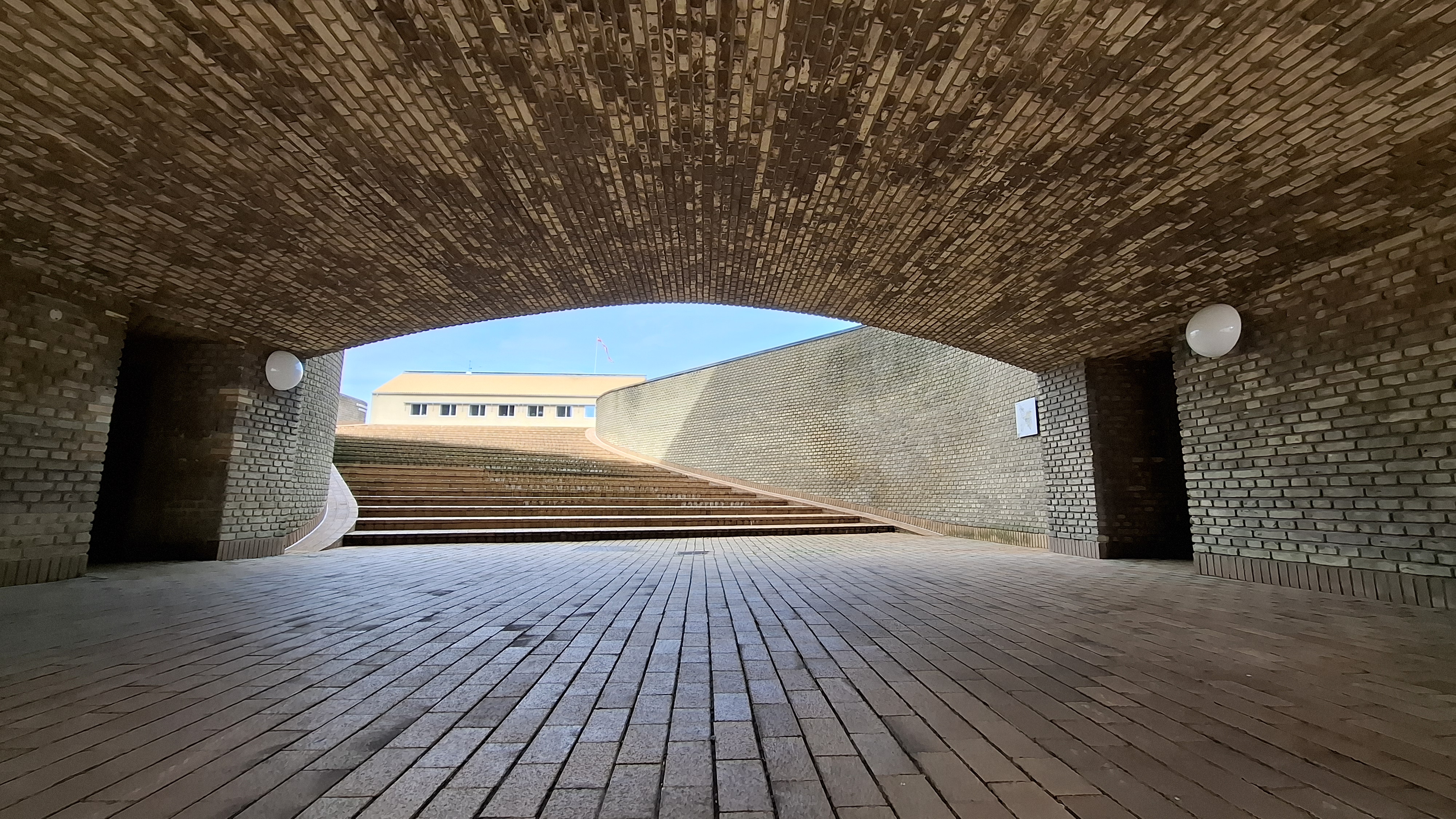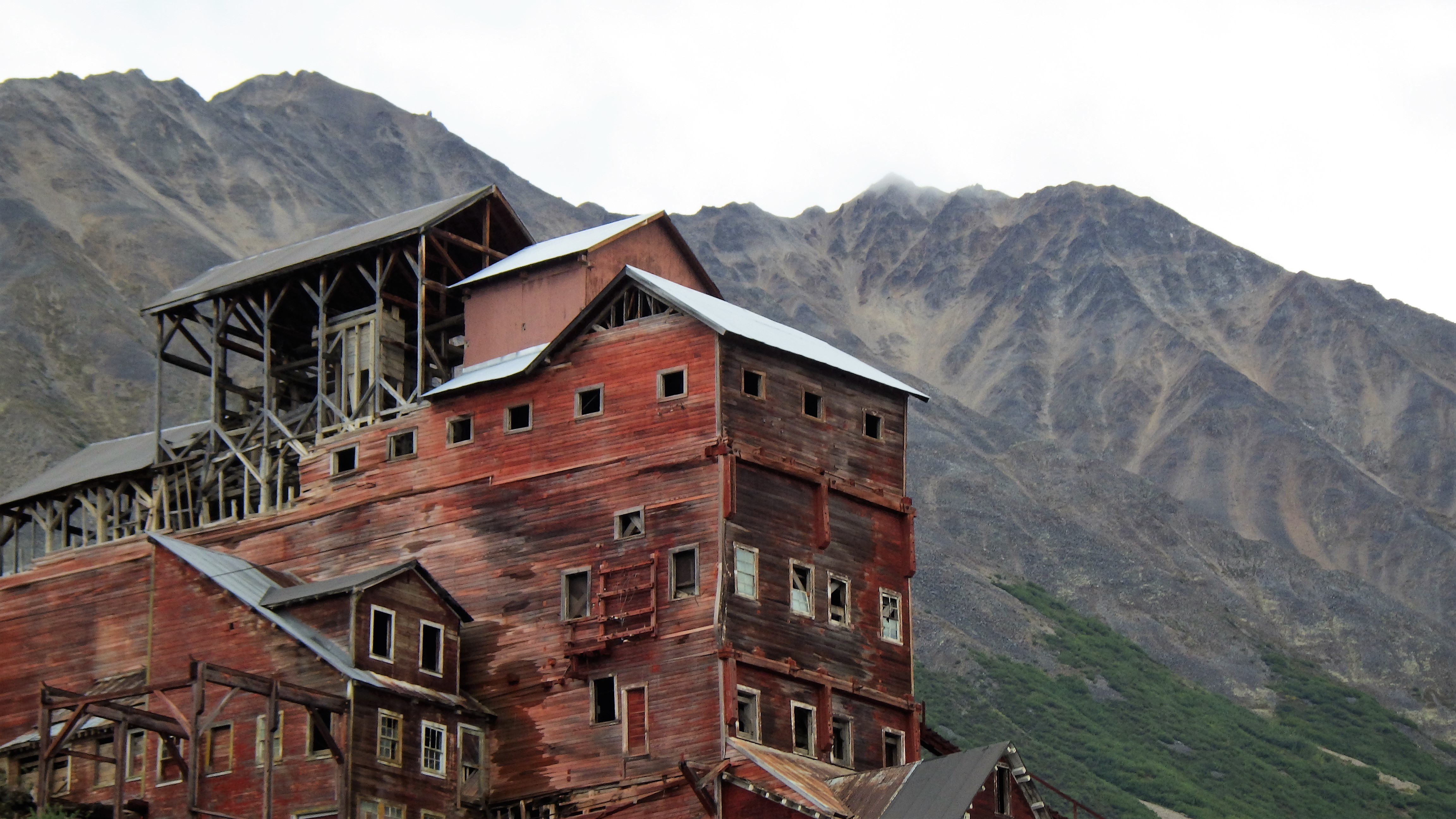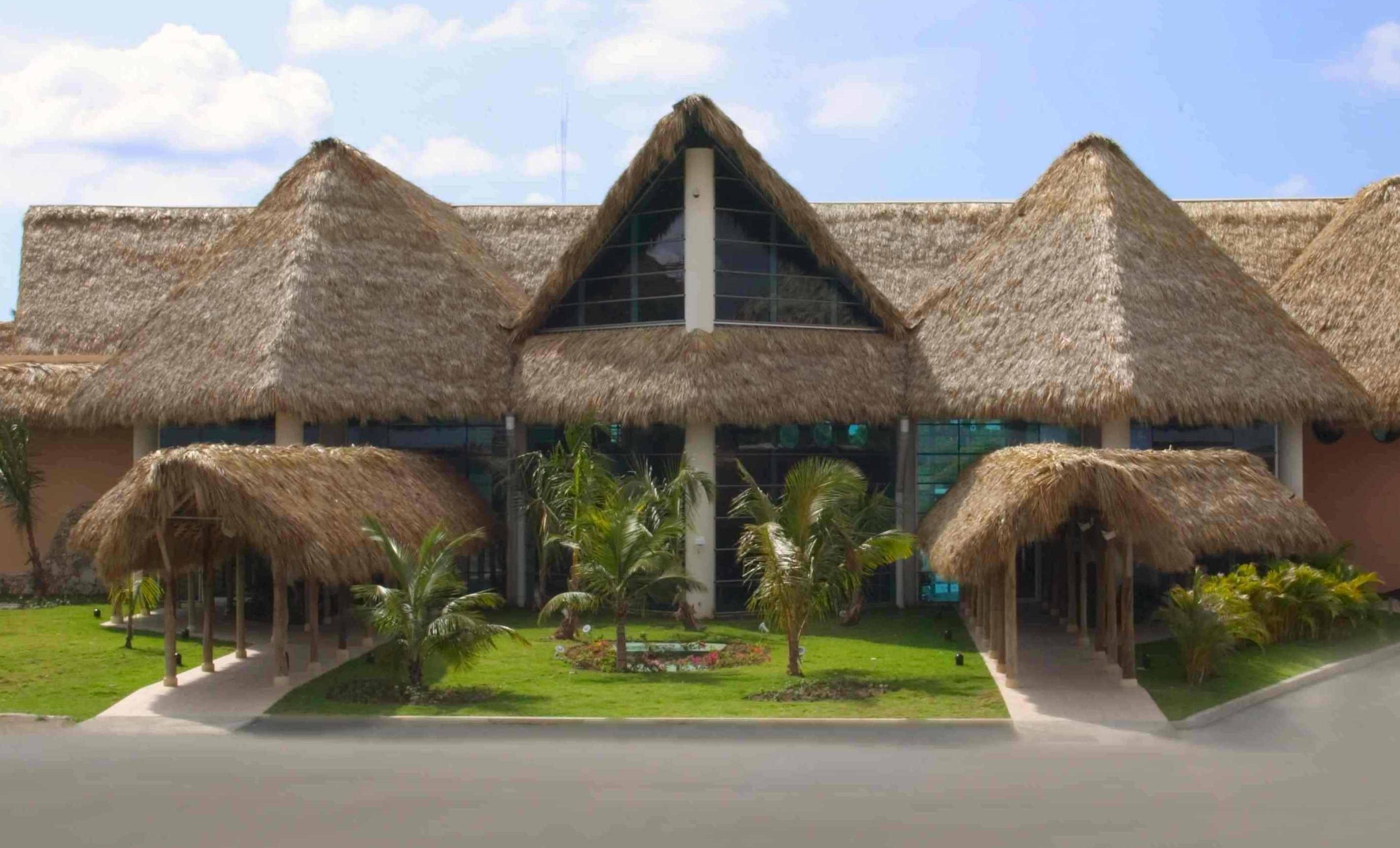22 Grand Old Railway Hotels Left Vacant Along Forgotten Routes
Step back in time, not to a dusty museum, but to a grander era when travel was an art form and the journey itself was as luxurious as the destination. Imagine colossal steam engines pulling passengers towards architectural masterpieces—magnificent railway hotels that towered like palaces, each a vibrant stage for society's elite, adventurous explorers, and hushed intrigues. These weren't just places to sleep; they were destinations, symbols of an empire connected by iron and ambition. But time, progress, and changing modes of transport can be cruel masters. The whistle of the locomotive faded, the grand ballrooms fell silent, and opulence gave way to decay. Yet, their skeletal beauty remains. We've unearthed even more of these poignant giants, expanding our solemn journey to unveil 22 extraordinary old railway hotels, now hauntingly vacant or sadly neglected, each a silent testament to a forgotten golden age of travel.
1. Canfranc Station Hotel, Aragon, Spain: The Pyrenean Phantom Palace
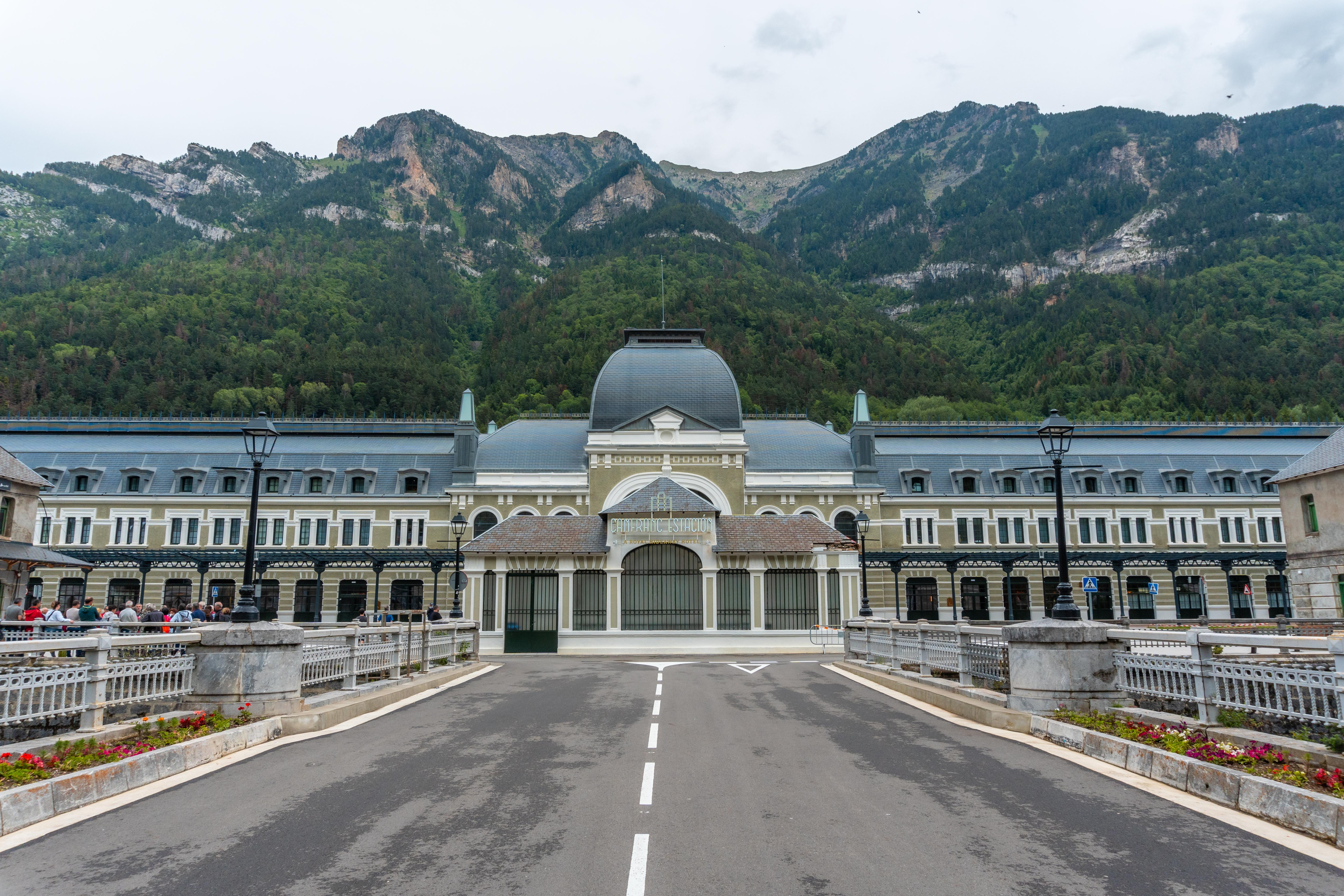
Dubbed the "Titanic of the Mountains," the colossal Canfranc International Railway Station, with its integral hotel, was a symbol of European cooperation. Opened in 1928 on a vital trans-Pyrenean route, its grand hotel promised luxury. However, war, economic shifts, and a bridge collapse in 1970 rendered the international line largely defunct. The hotel section, though part of recent restoration efforts for the station, lay dormant for decades, its vast, empty halls echoing a short-lived dream of cross-border grandeur, a hauntingly beautiful monument to ambition curtailed by history.
2. Michigan Central Station Hotel, Detroit, USA: Urban Giant's Long Slumber
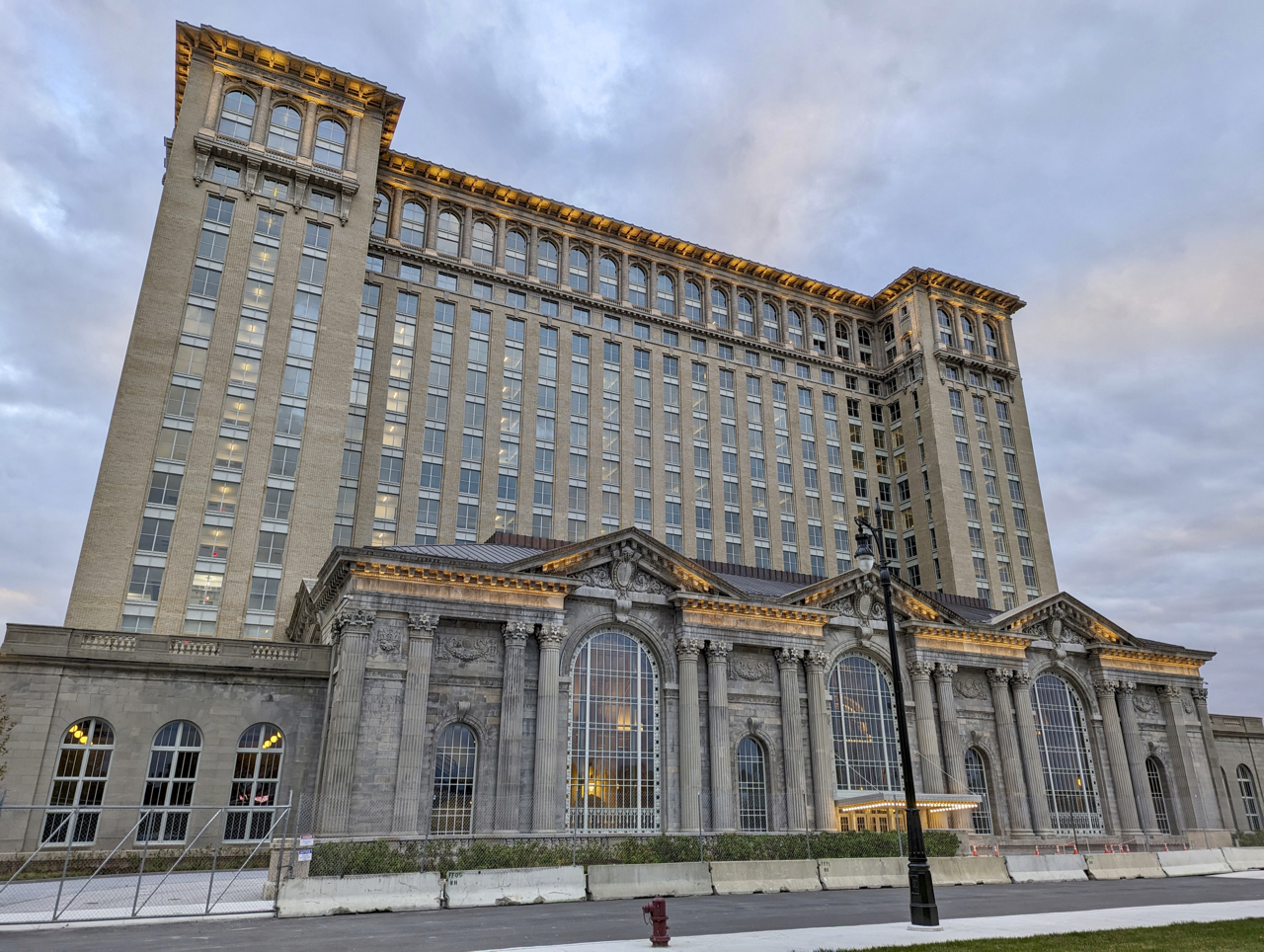
While primarily a station, Detroit's magnificent Beaux-Arts Michigan Central Station (1913) was designed with a grand hotel on its upper floors, a vision never fully realized or quickly abandoned. As rail travel declined and the station itself closed in 1988, this entire colossal structure became an infamous symbol of urban decay, its empty windows staring out like hollow eyes. For decades, the planned hotel spaces remained silent, a testament to a forgotten era of rail dominance, before a recent monumental effort began to reclaim its lost glory.
3. Bokor Palace Hotel & Casino, Bokor Hill Station, Cambodia: Jungle's Colonial Ghost
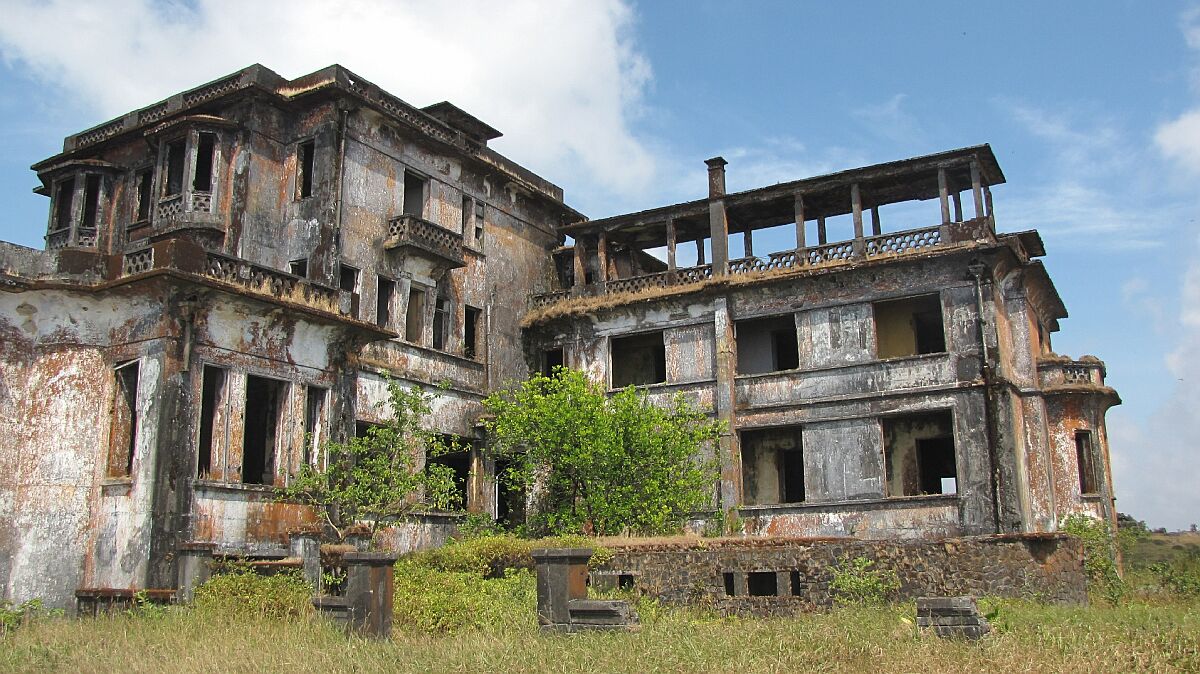
Perched atop Bokor Mountain, this hauntingly beautiful colonial hotel opened in 1925, a luxurious retreat for French elites accessible via a challenging road and historically linked to a narrow-gauge railway further below. It witnessed glamorous parties, then fell silent during Cambodia's turbulent decades, reclaimed by the jungle and mist. Its empty ballrooms and decaying grandeur, overlooking the Gulf of Thailand, speak of a lost colonial era and the dramatic shifts of history, making it an icon of abandoned opulence on a route truly forgotten by its original clientele.
4. Goldfield Hotel, Goldfield, Nevada, USA: Desert Boomtown's Silent Sentinel
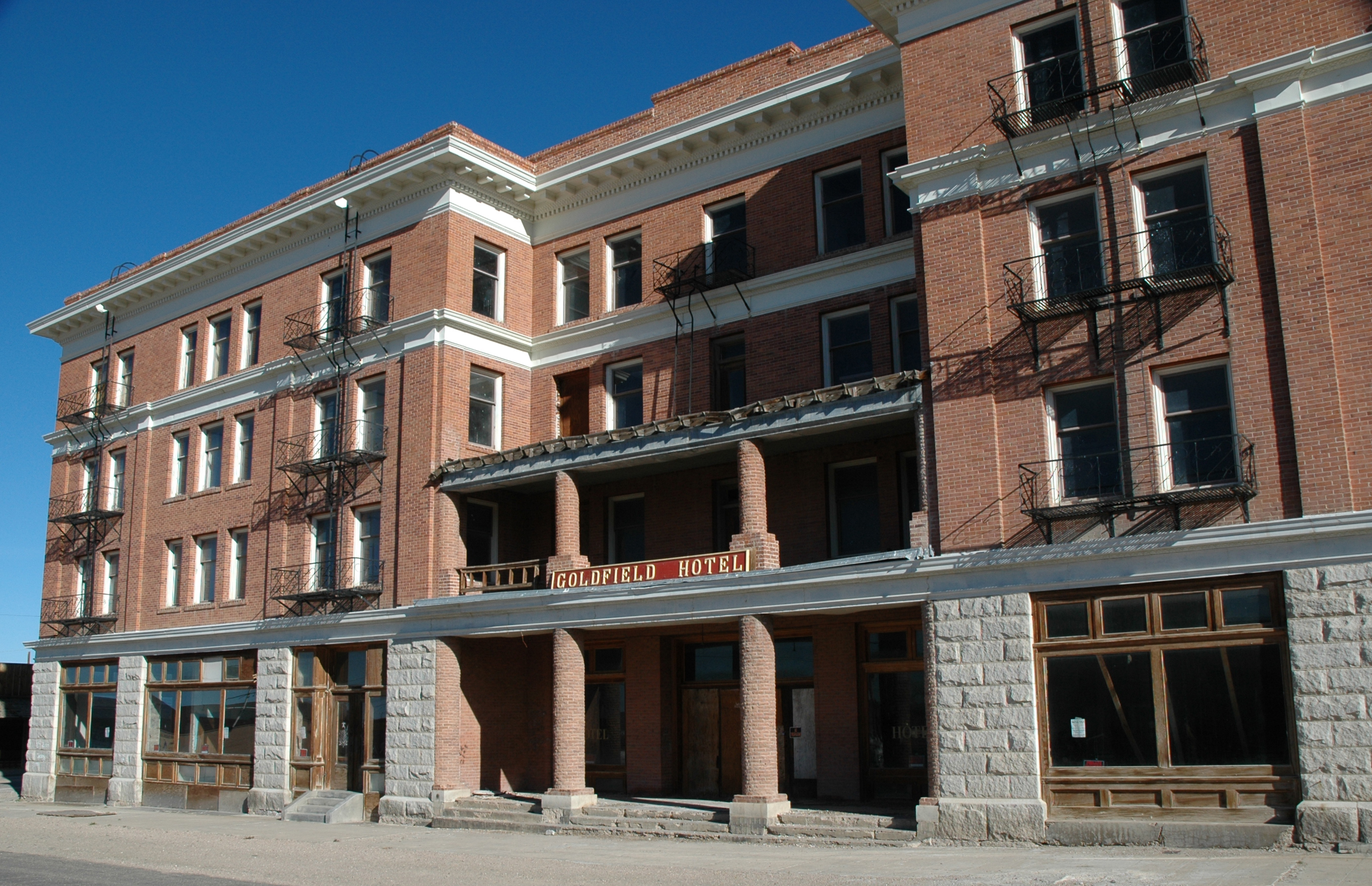
Opened in 1908 during the peak of Goldfield's mining boom, the Goldfield Hotel was one of the most luxurious establishments between Chicago and San Francisco, served by multiple railroads fueling the rush. With its mahogany trim, crystal chandeliers, and an Otis elevator, it catered to magnates and prospectors. But as the gold dried up and the railways diminished, Goldfield became a ghost town. The grand hotel, reputedly haunted, now stands vacant and imposing, a poignant, four-story relic of immense wealth and rapid decline along a truly forgotten desert route.
5. El Garces Hotel (Harvey House), Needles, California, USA: Desert Railway Queen's Intermission
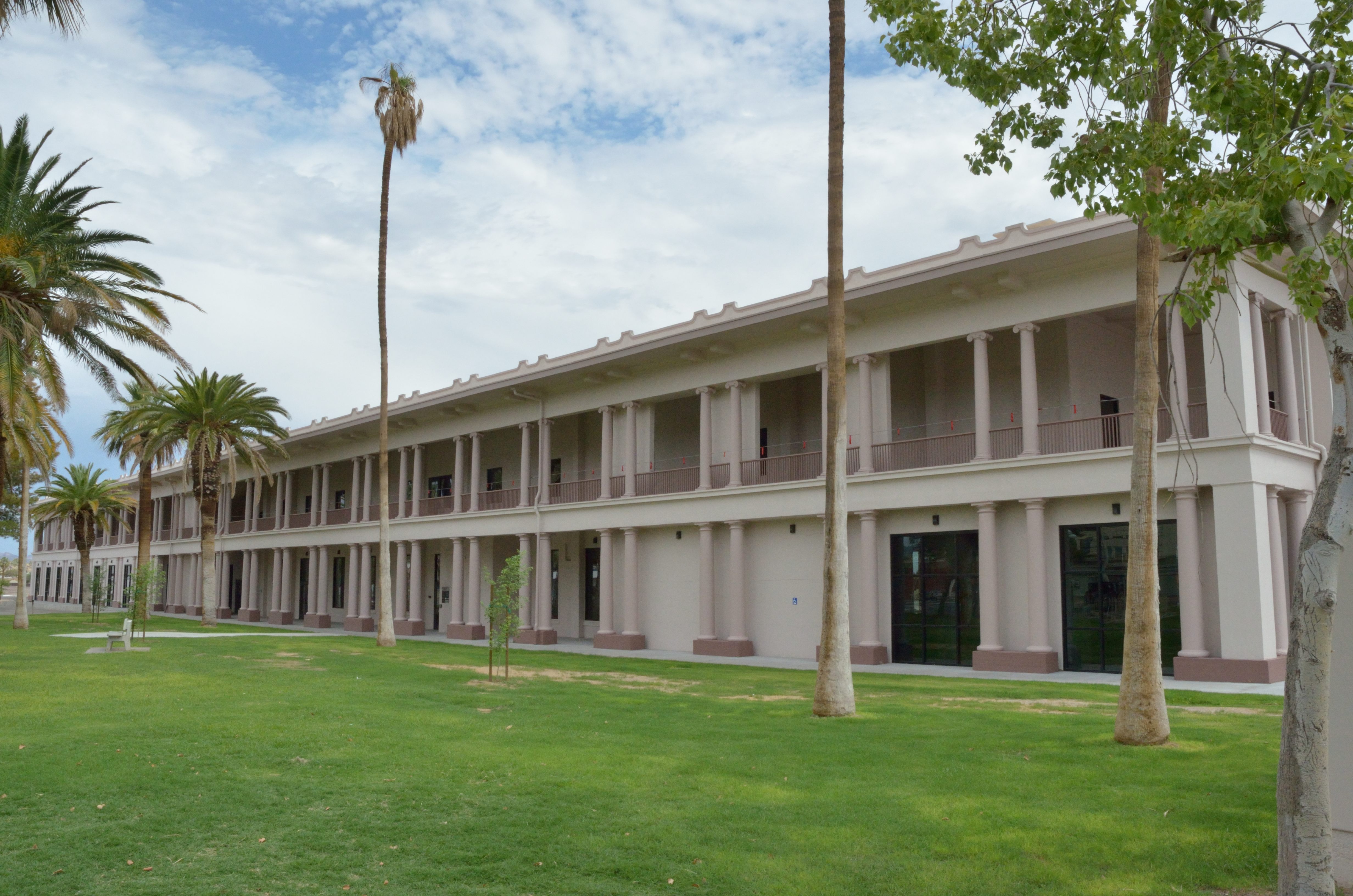
Once a jewel of Fred Harvey's famed chain, El Garces opened in 1908, a luxurious Mission Revival oasis serving passengers on the Santa Fe Railway in the Mojave Desert. Known for its elegant dining room and "Harvey Girls," it thrived for decades. But with the decline of passenger rail, El Garces closed its hotel operations in 1949 and eventually fell into decades of vacancy and disrepair, a silent testament to a more gracious era of travel. Though recently restored and repurposed, its long period of abandonment cemented its legendary status.
6. Castañeda Hotel (Harvey House), Las Vegas, New Mexico, USA: Harvey's Forgotten Southwestern Jewel
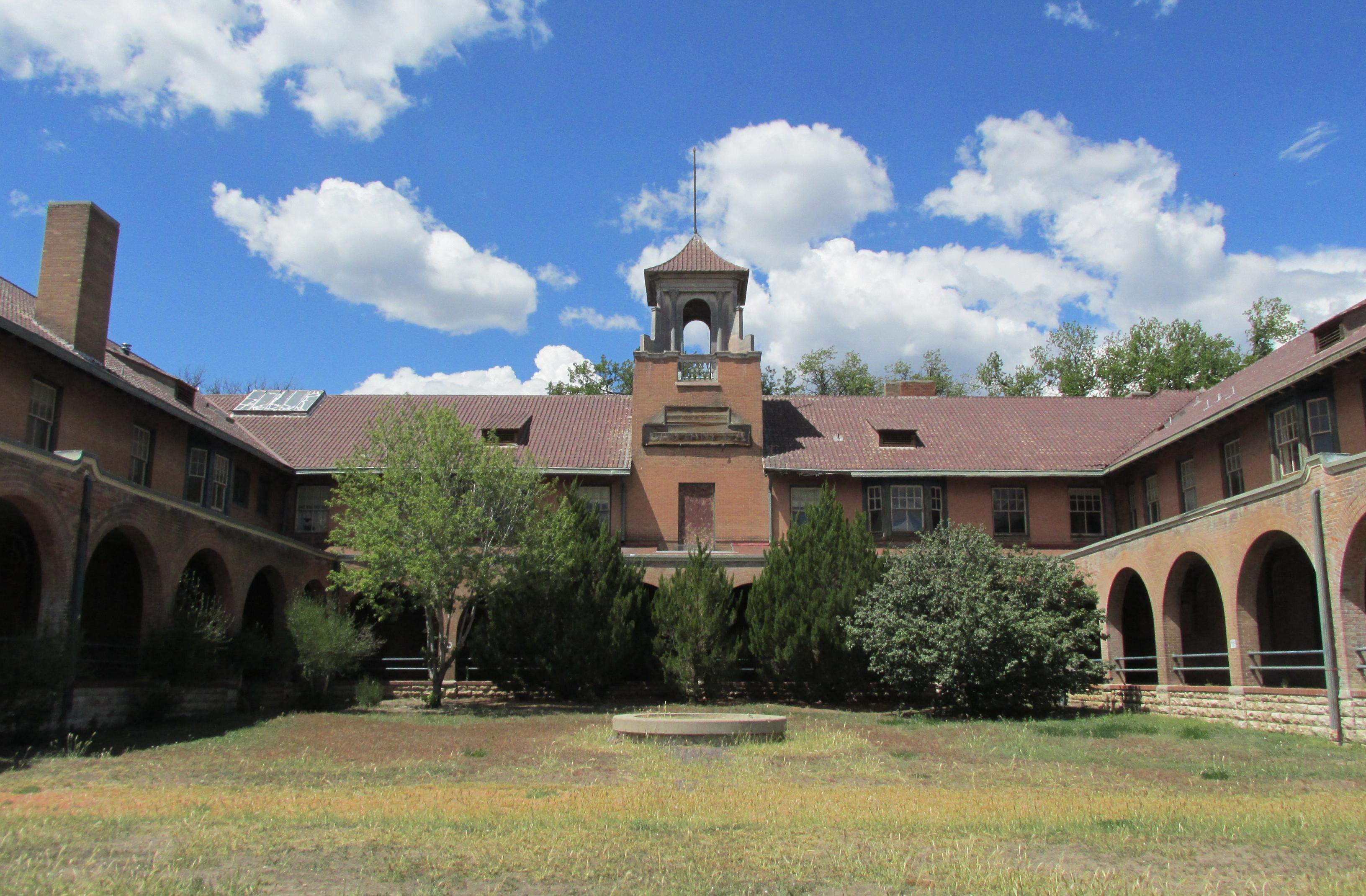
Another Fred Harvey masterpiece, the Castañeda opened in 1898 in Las Vegas, New Mexico (not Nevada!), a key stop on the Santa Fe Railway. This grand Mission Revival hotel, with its signature arches and expansive veranda, was a luxurious haven. Like many Harvey Houses, it suffered with the wane of rail travel, closing its doors as a hotel in 1948 and sitting largely vacant and deteriorating for over half a century. Its enduring shell, before recent restoration, whispered tales of frontier luxury on a route that time had largely passed by.
7. Buffalo Central Terminal (Hotel Plans), Buffalo, NY, USA: Art Deco Giant's Unwoken Dream
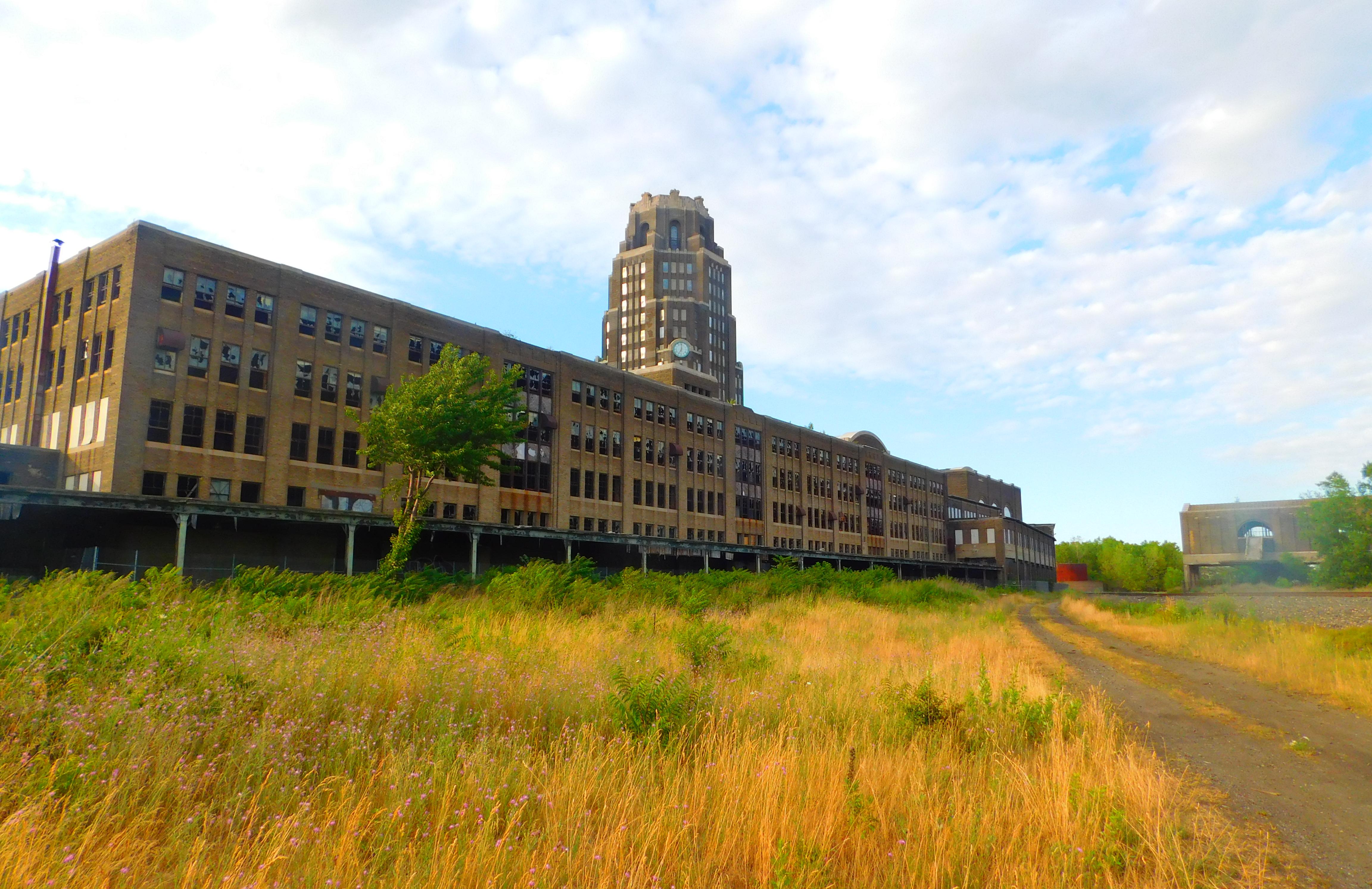
Buffalo Central Terminal, an Art Deco behemoth opened in 1929, was designed to be a city within a city, including plans for hotel accommodations within its towering structure to serve the bustling New York Central Railroad. While some office spaces might have briefly served transient needs, a full-scale, lasting hotel never truly materialized or was quickly overshadowed by the Great Depression and later decline. The station’s closure in 1979 left the entire complex, including its potential hotel spaces, vacant for decades, a monumental ghost of railway ambition.
8. Grand Hôtel du Salève, Mornex, France: Lost Alpine Railway Retreat
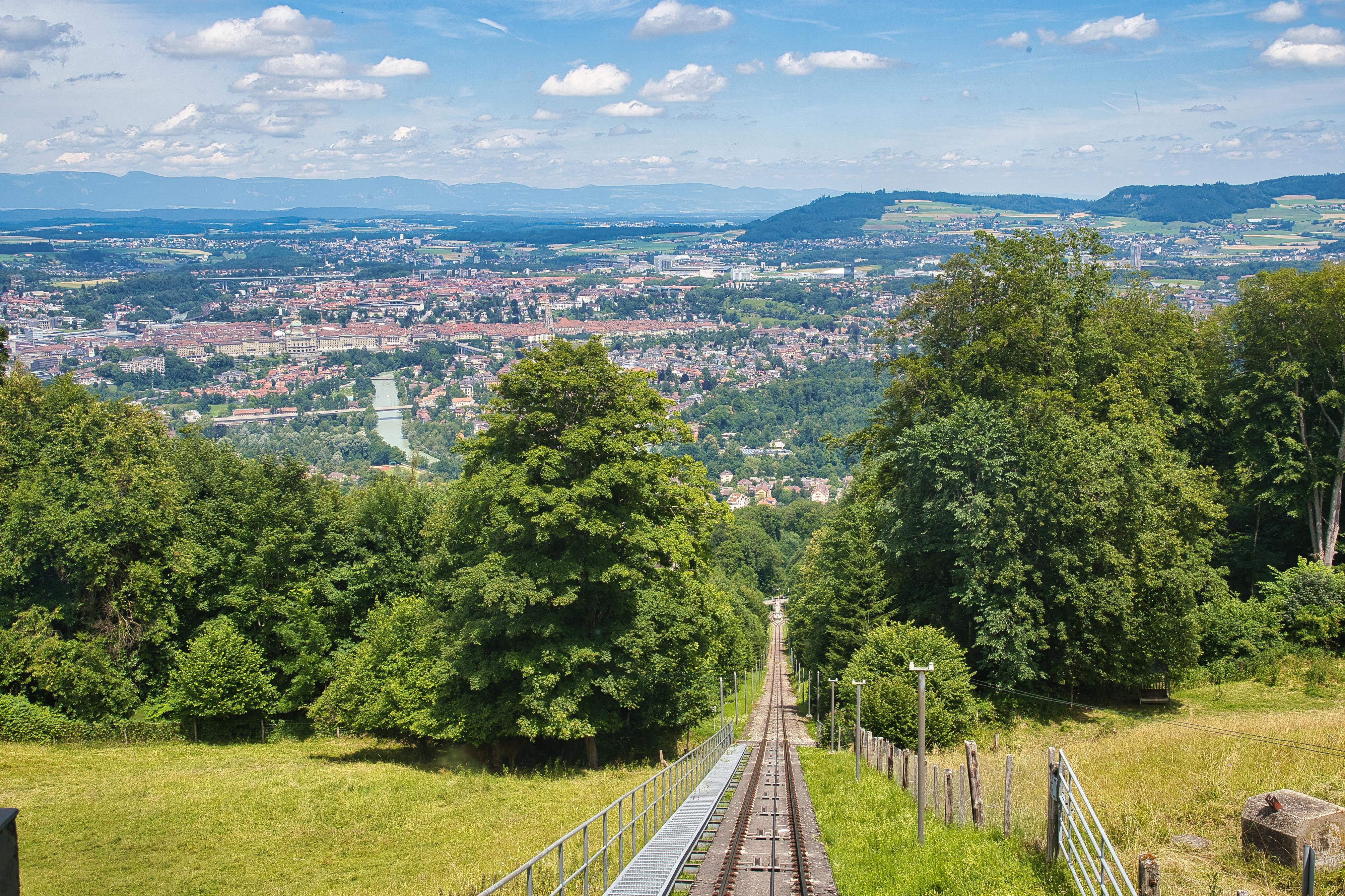
Perched on Mont Salève with stunning views of Geneva and Mont Blanc, the Grand Hôtel du Salève (1892) was a luxurious destination accessed by the Chemin de fer du Salève, a pioneering electric rack railway. This elegant hotel catered to affluent tourists seeking alpine air. However, the railway closed in 1935 due to competition from cars, isolating the hotel. It later served as a sanatorium and then fell into complete abandonment for many years, its decaying grandeur a silent reminder of a lost mountain railway and a bygone era of leisure.
9. Grand Hotel de l'Europe, Bad Gastein, Austria: Spa Town's Sleeping Beauty
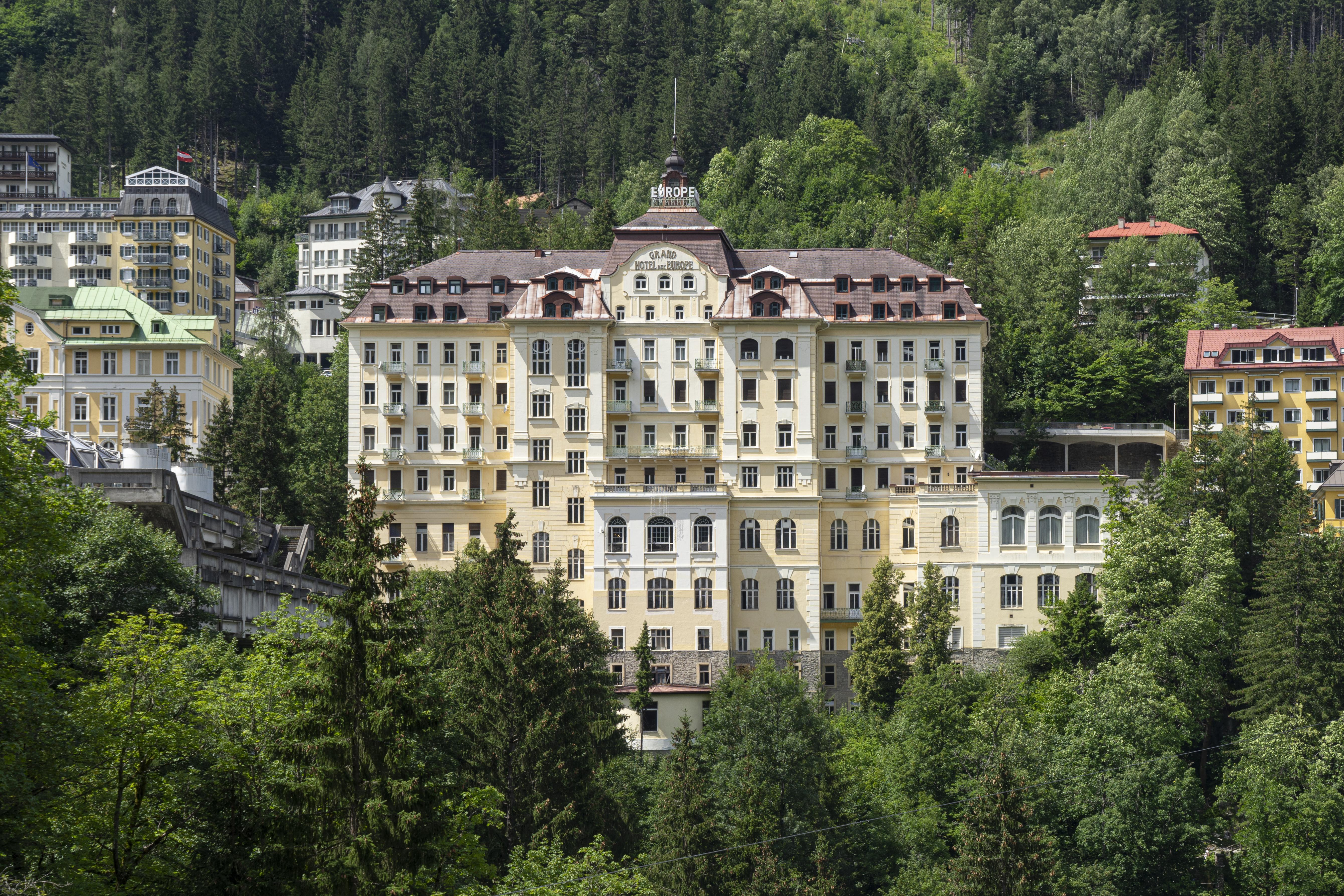
Bad Gastein, a historic Austrian spa town famed for its healing thermal waters, was a magnet for European royalty and high society, well-served by railway lines. The Grand Hotel de l'Europe, built in 1909, was among its most opulent establishments. However, as spa tourism trends shifted, many of Bad Gastein’s grand hotels, including this one and the nearby Hotel Straubinger, fell into disuse and stood vacant for decades, their empty windows overlooking the once-bustling promenade – silent witnesses to a faded Belle Époque railway resort.
10. The Station Hotel, Ayr, Scotland: Victorian Grandeur on a Faltering Line
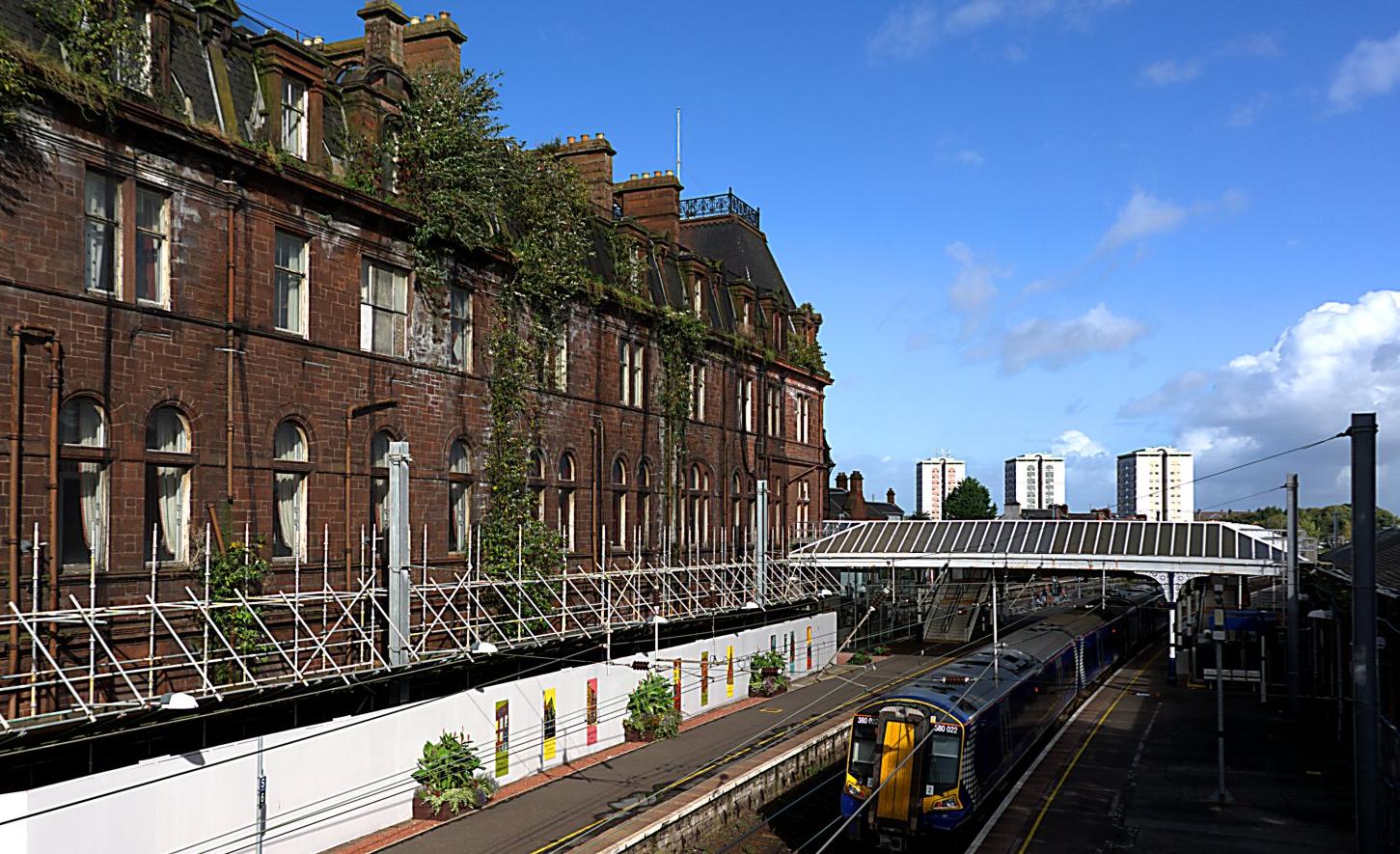
A magnificent Victorian railway hotel, the Station Hotel in Ayr directly adjoined the town's railway station, once a bustling hub. Built in 1886 by the Glasgow and South Western Railway, it embodied the grandeur of the era. However, with declining local industry and changes in travel, the hotel has fallen into severe disrepair, with large sections now visibly derelict and fenced off. It stands as a stark, poignant example of a once-proud railway hotel facing an uncertain future, its fate tied to a route and era diminished by time.
11. Grand Hotel Campo dei Fiori, Varese, Italy: Funicular's Lost Art Nouveau Gem
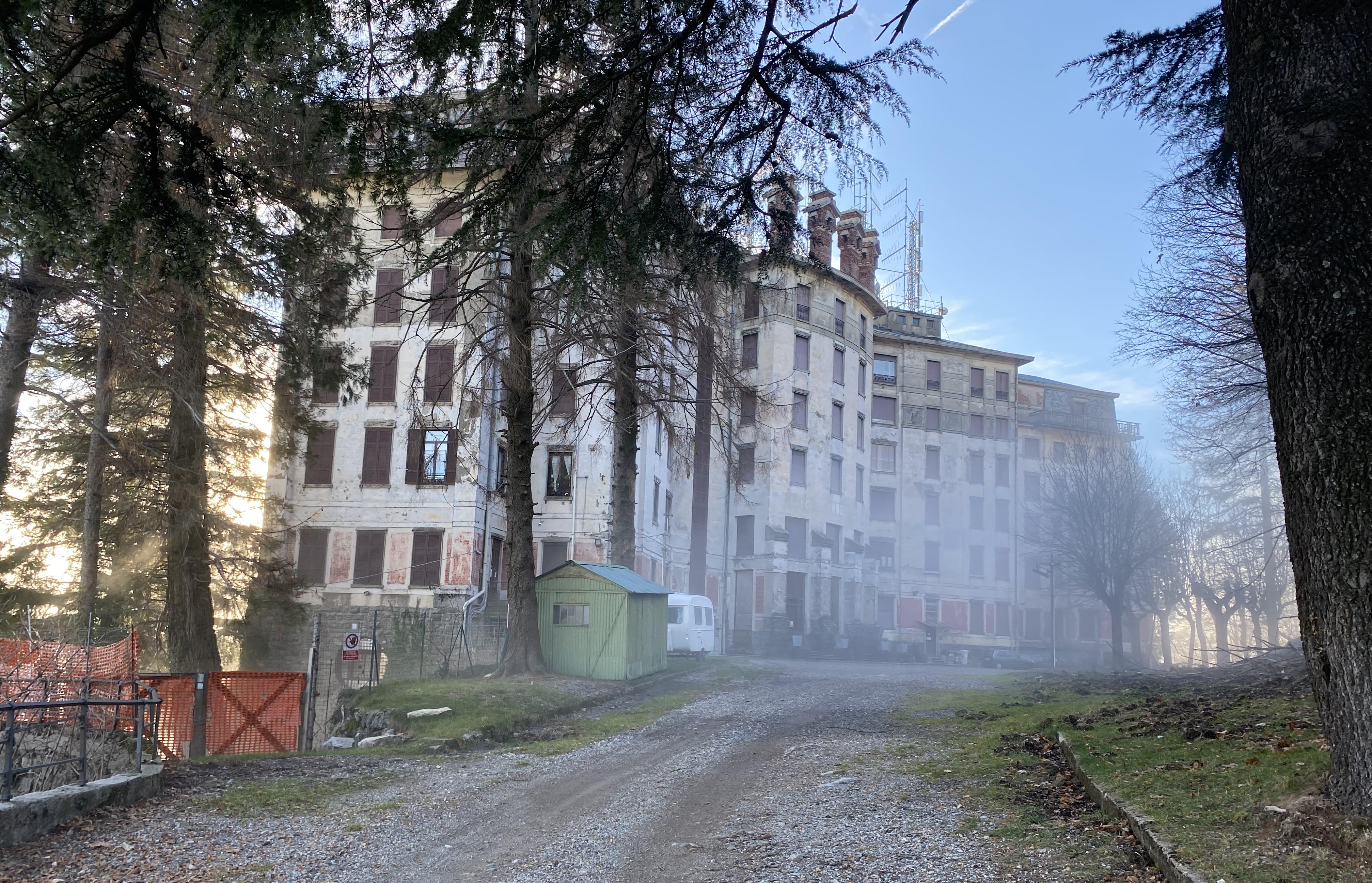
High above Varese, the Grand Hotel Campo dei Fiori (1912) is an Art Nouveau masterpiece designed by Giuseppe Sommaruga, once accessible by a dedicated funicular railway from the city. This luxurious hotel, with its stunning frescoes and panoramic views, catered to an elite clientele. However, after World War II, its fortunes waned, the funicular closed, and the hotel eventually shut its doors in 1968. It has remained spectacularly abandoned ever since, a hauntingly beautiful, architecturally significant relic of a forgotten mountain transport system and leisure era.
12. Hotel Ukraina (partially, in its decline), Moscow, Russia: Soviet Skyscraper's Faded Glory
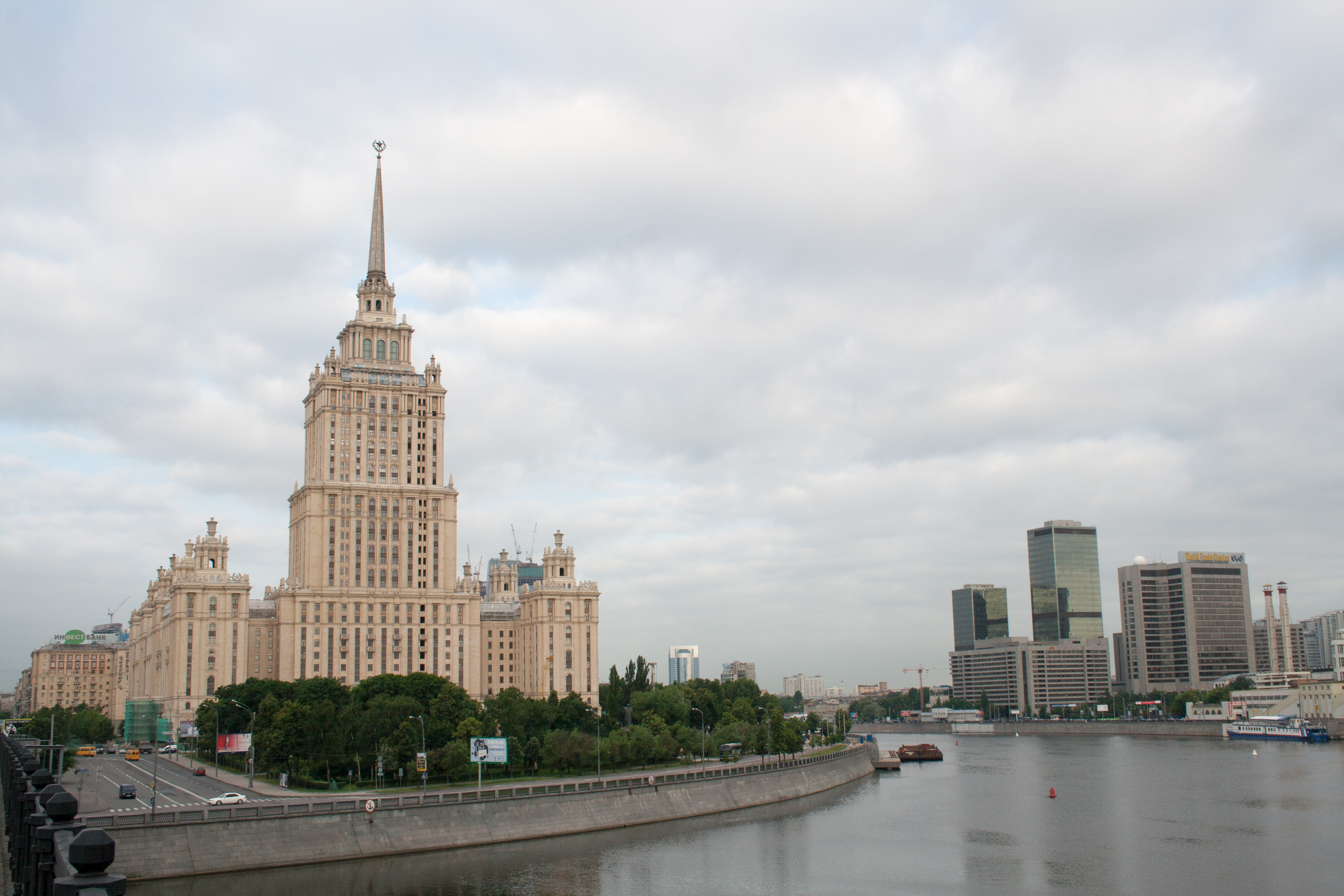
While now the Radisson Collection Hotel, Moscow, the Hotel Ukraina, one of Stalin's "Seven Sisters" skyscrapers, had periods where its vastness and Soviet-era design felt like a partially forgotten giant, especially post-Soviet Union before its major modern renovation. Built in 1957 near a railway station and river port, it was meant to showcase Soviet grandeur. During its less glamorous years, parts could feel underutilized, echoing the decline of certain state-run enterprises, a grand structure on routes redefined by new economic realities. This entry focuses on that 'in-between' state of faded, vacant-feeling glory.
13. Plaza Hotel (Fred Harvey House), Las Vegas, New Mexico, USA: Frontier Elegance in Stasis
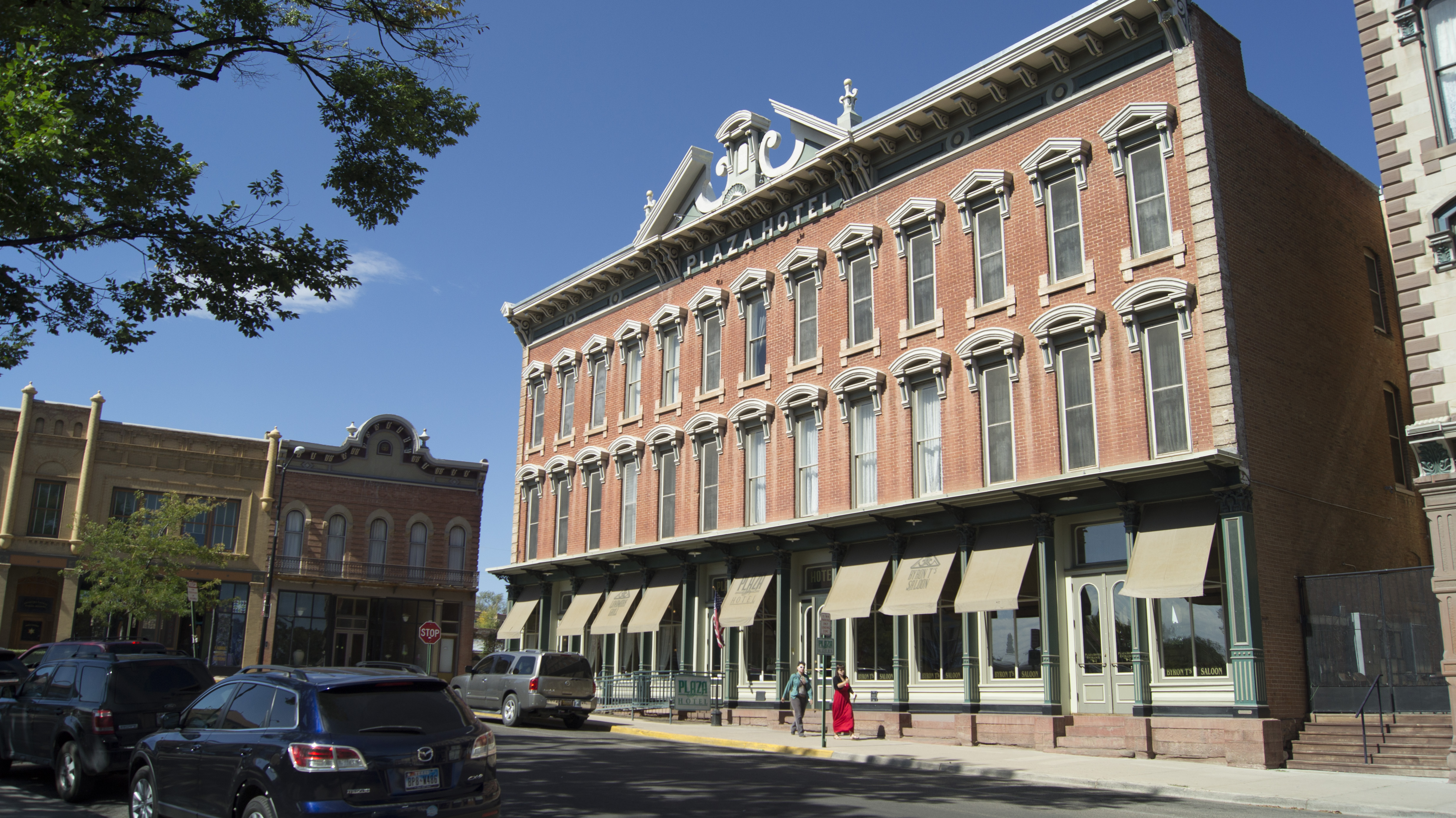
Opened in 1882, the Plaza Hotel in Las Vegas, New Mexico (distinct from the Castañeda), was a pivotal grand hotel serving the Atchison, Topeka and Santa Fe Railway. It blended Victorian grandeur with Southwestern charm, welcoming figures from Theodore Roosevelt to Billy the Kid. While the hotel eventually closed and saw periods of vacancy and decline, its significant history as a railway-era hub before later restoration makes it a prime example of a grand establishment tied to a now less-traveled rail line, its empty rooms once echoing with frontier ambition.
14. The Old Station Hotel, Rhyl, Wales, UK: Seaside Resort's Faded Gateway
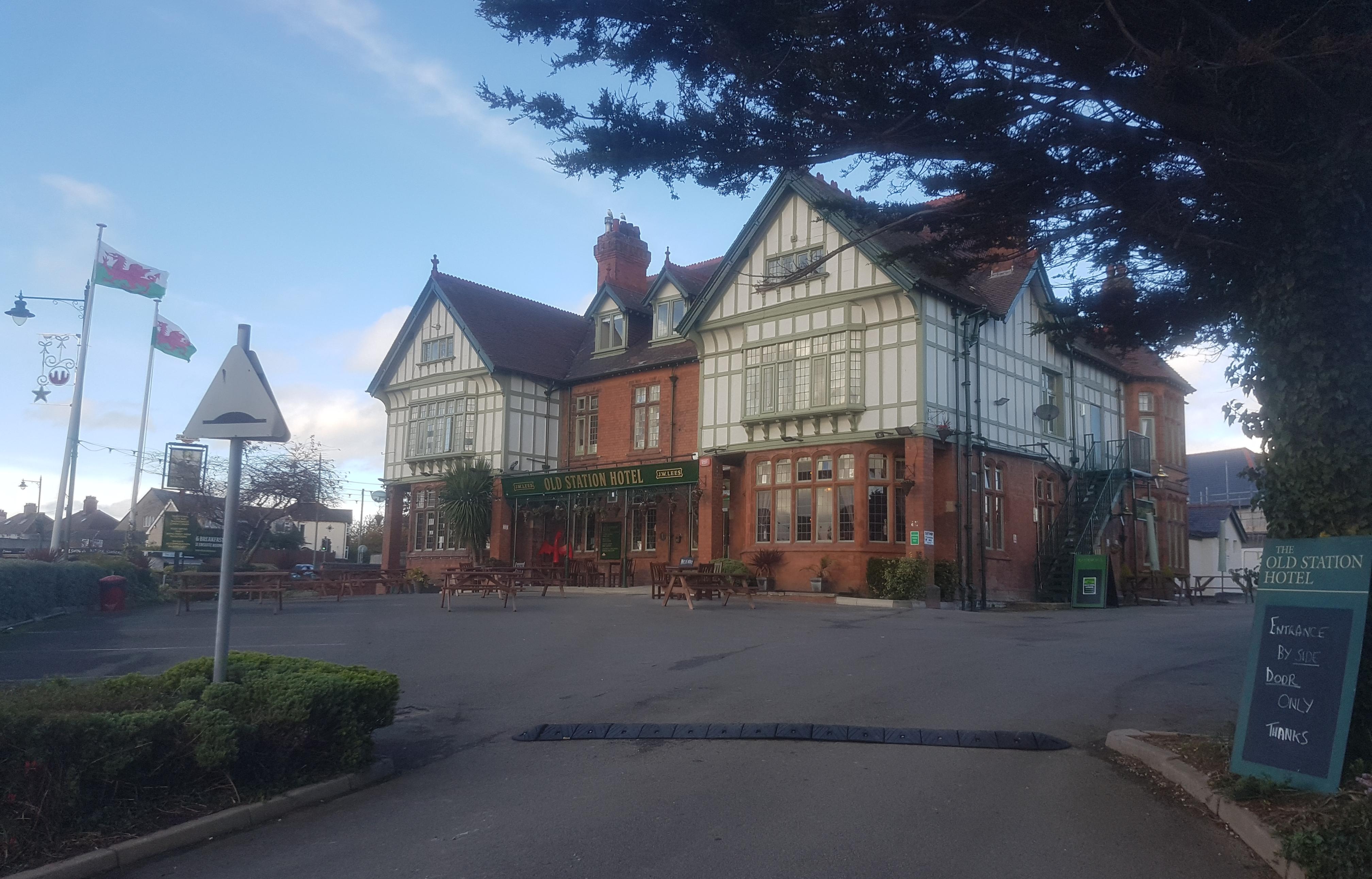
Directly adjacent to Rhyl's railway station, this once-bustling Victorian hotel (c. 1880s) was the epitome of arrival for holidaymakers flocking to the popular Welsh seaside resort by train. Its grand facade welcomed generations of families. However, as package holidays and car travel replaced rail excursions, the hotel's fortunes declined. It now stands visibly neglected and derelict, a prominent, decaying landmark that serves as a stark reminder of Rhyl's faded glory as a railway-dependent tourist destination.
15. Hotel d'Europe et d'Angleterre, Interlaken, Switzerland: Alpine Gateway's Silent Period
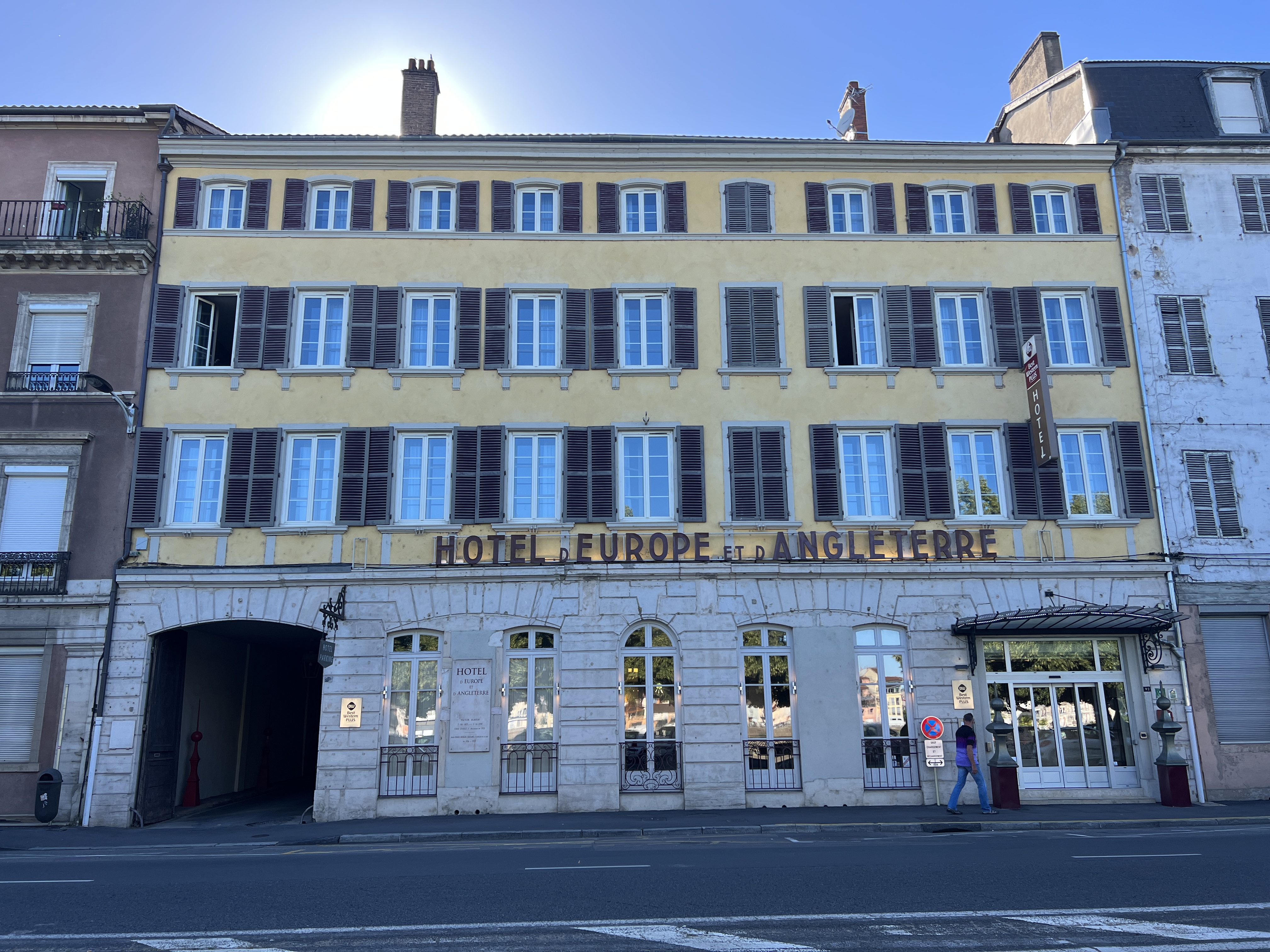
Interlaken, a Swiss alpine hub, was a major railway junction for tourists heading into the Jungfrau region. The Hotel d'Europe et d'Angleterre, built in 1876, was one of its most prominent luxury establishments. While some of Interlaken's grand hotels adapted, this particular hotel experienced periods of decline and partial vacancy over the decades, its elegant rooms and dining areas sitting dormant before more recent transformations. It represents the ebb and flow of tourist demand on once-thriving mountain railway routes.
16. Mount Tamalpais Tavern & Cottages, Mill Valley, California, USA: Mountain Railway's Lost Peak

Perched near the summit of Mount Tamalpais, this scenic tavern and associated cottages (built c. 1896) were the grand destination for passengers riding the "Crookedest Railroad in the World," the Mount Tamalpais and Muir Woods Railway. It offered spectacular views and hospitality. When the railway ceased operations after a devastating fire in 1929 and the Depression, the tavern was never fully rebuilt, leaving only remnants. It's a poignant memory of a unique, short-lived mountain railway and its grand summit destination.
17. The Grand Hotel (partially, in decline), Scarborough, UK: Victorian Seaside Colossus
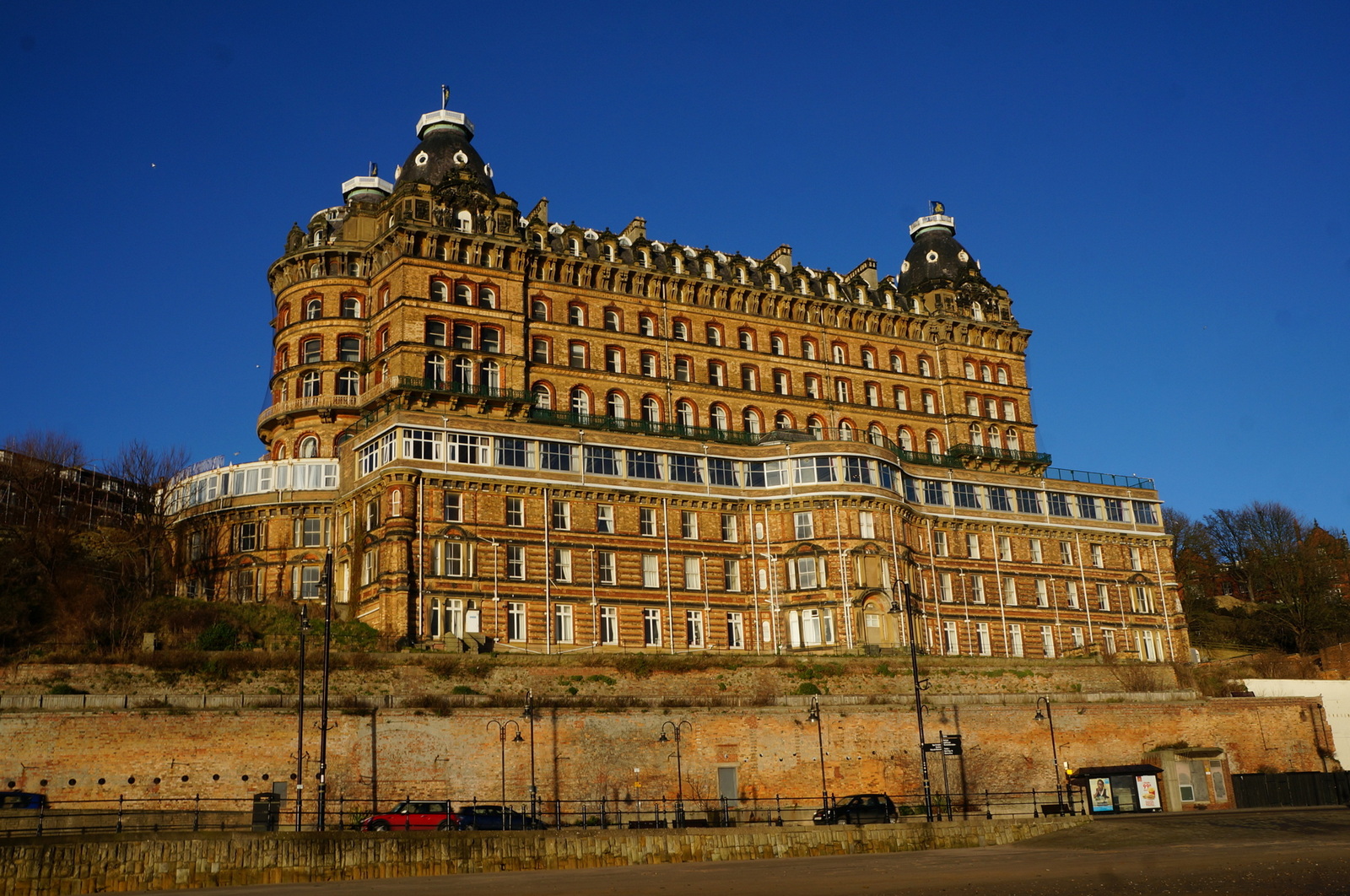
Overlooking the North Sea, Scarborough's Grand Hotel (1867) was designed to resemble a calendar, with four towers, 12 floors, 52 chimneys, and 365 rooms, directly serving the throngs arriving by rail for seaside holidays. While still operating, its sheer scale and the decline of traditional British seaside resorts meant large sections often felt underutilized or dated for decades, particularly before more recent efforts to revitalize parts. It stands as a colossal, sometimes melancholic, symbol of railway-driven Victorian leisure.
18. The Inn at Saratoga, Saratoga Springs, New York, USA: Spa Town's Fading Grandeur
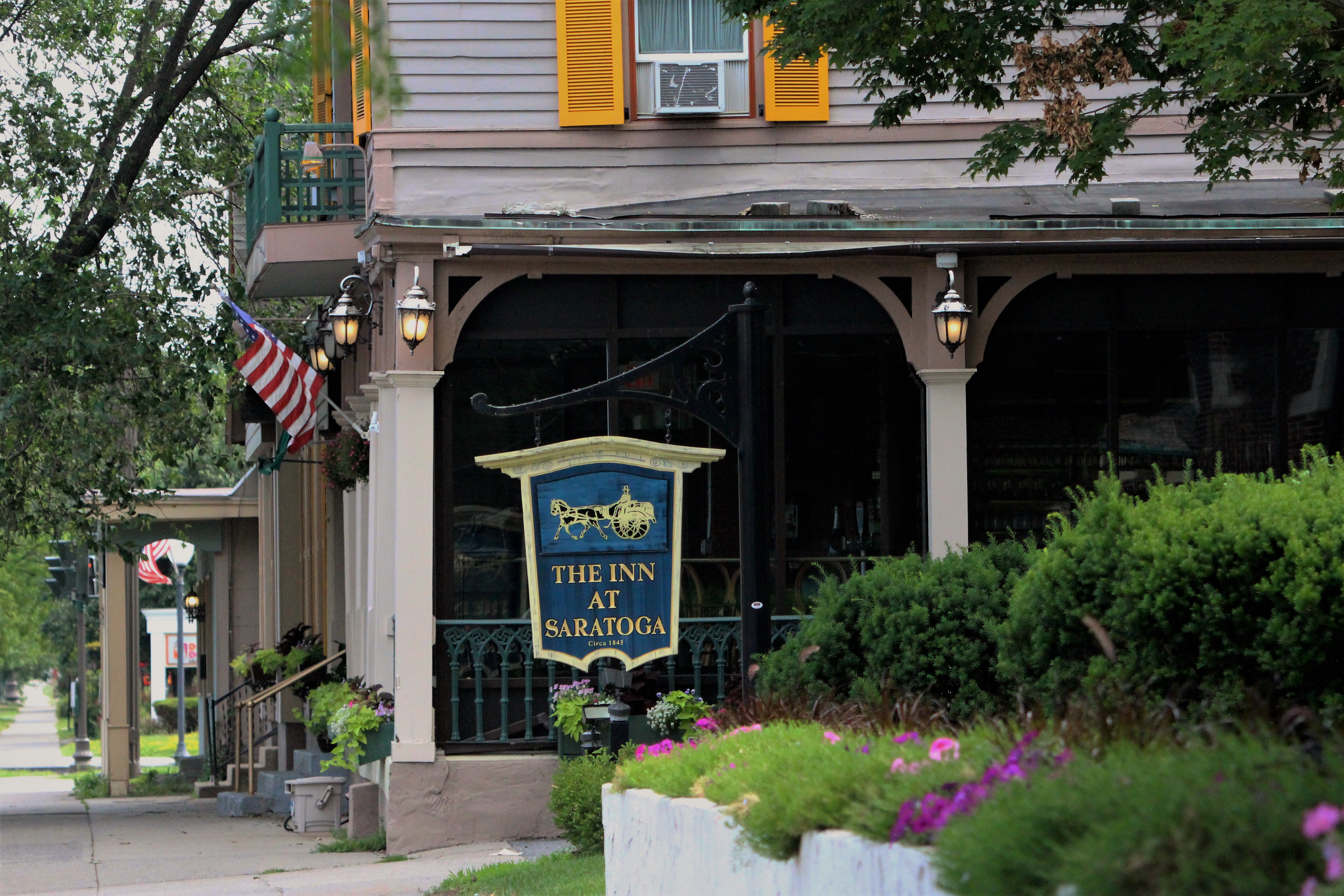
Saratoga Springs was a major railway destination in the Gilded Age, famous for its mineral springs and horse racing. While many grand hotels once lined its streets, like the elegant Inn at Saratoga (though its earliest iterations were simpler, it grew with the railway boom), many faced closure and various states of abandonment as rail travel waned. These structures, including components of this property at various times, experienced periods of emptiness, their past splendor a stark contrast to their silent, uncertain future.
19. The Oakes Garden Theatre (Old Niagara Falls Park & River Railway structures), Niagara Falls, ON, Canada: Scenic Railway's Echoes
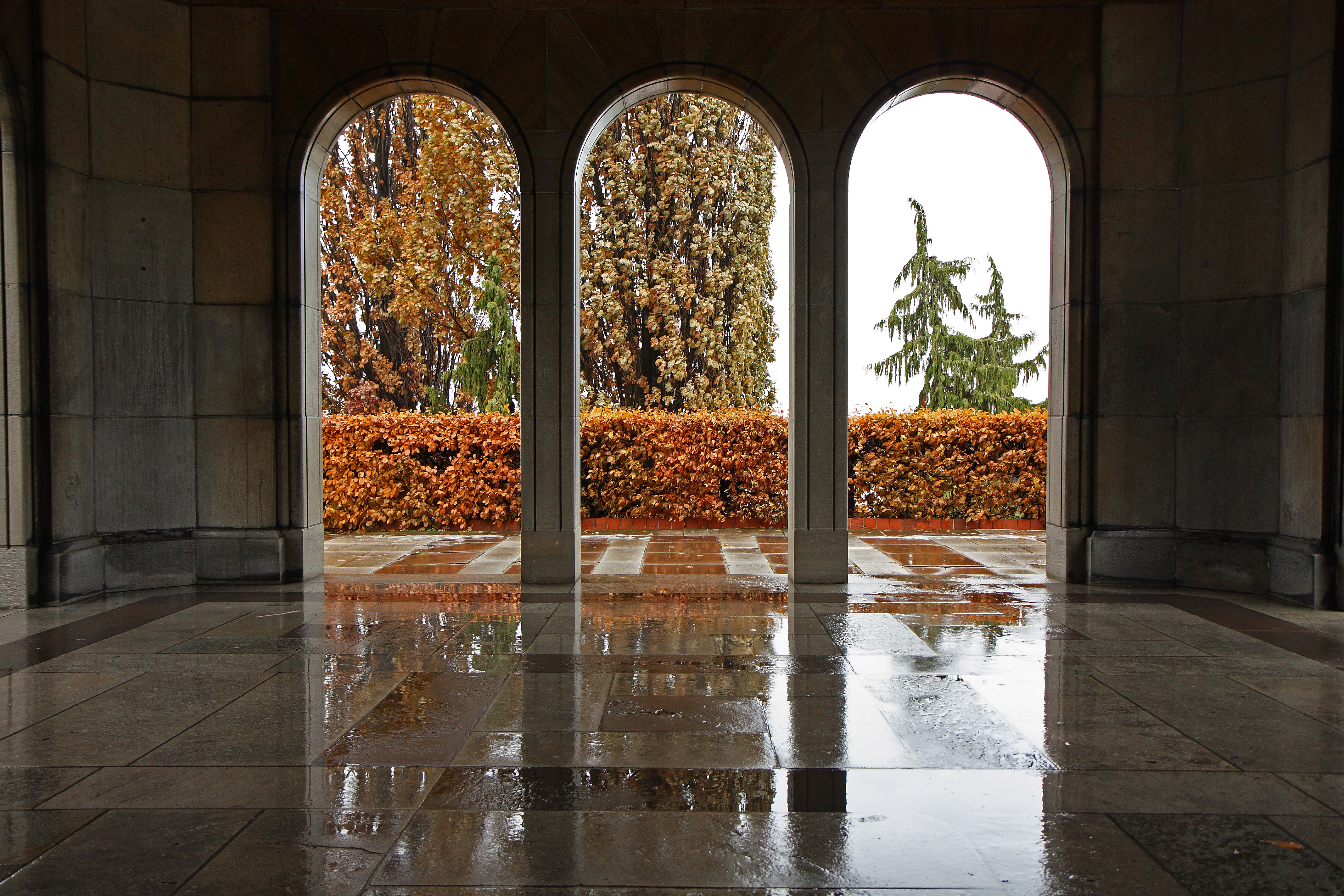
While not a traditional hotel, the Oakes Garden Theatre complex in Niagara Falls incorporated remnants of the former Niagara Falls Park and River Railway structures, which included elegant terminal buildings and viewing pavilions that acted as destinations in themselves. As the scenic railway evolved and parts were decommissioned, these grand architectural elements, built for a specific railway-driven tourism, were repurposed or left to decline before being integrated into new designs, their original function as railway-era gathering points largely forgotten by visitors.
20. Hotel La Fonda (Santa Fe), New Mexico, USA: Southwest Icon's Railway Rebirth
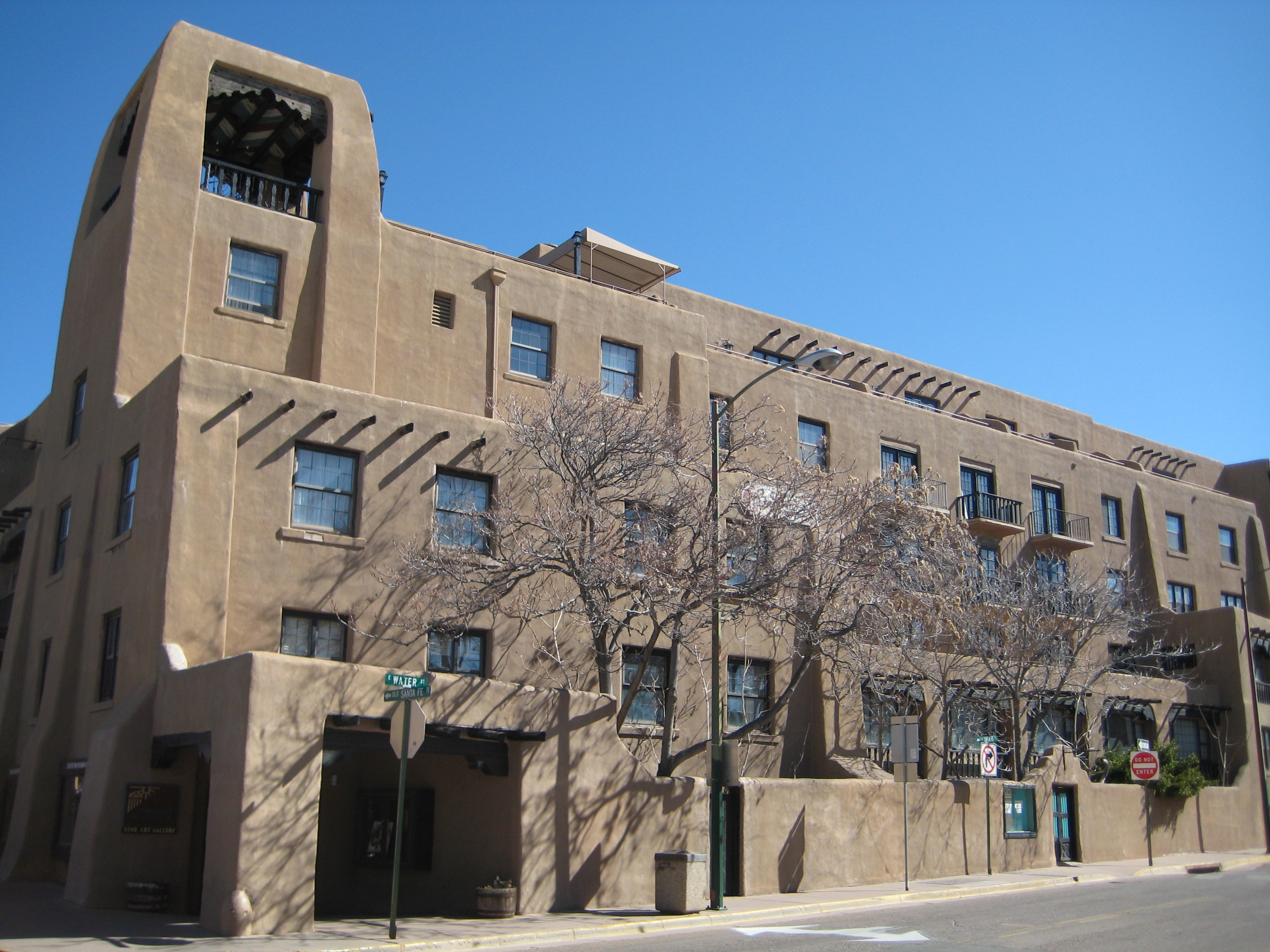
While La Fonda's history predates the railway, its iconic status was cemented when the Santa Fe Railway took ownership and transformed it into a Fred Harvey House in 1925. This brought unparalleled luxury and access to the heart of Santa Fe for rail travelers. Though it remains a vibrant hotel today, its periods of transformation and the stark shift from a primary rail clientele to automobile and air travel mean its earlier, pure railway-driven opulence is a memory that its grand, historic spaces still evoke.
21. Hôtel de la Ville (Varese), Italy: Lake Como Gateway's Railway Elegance
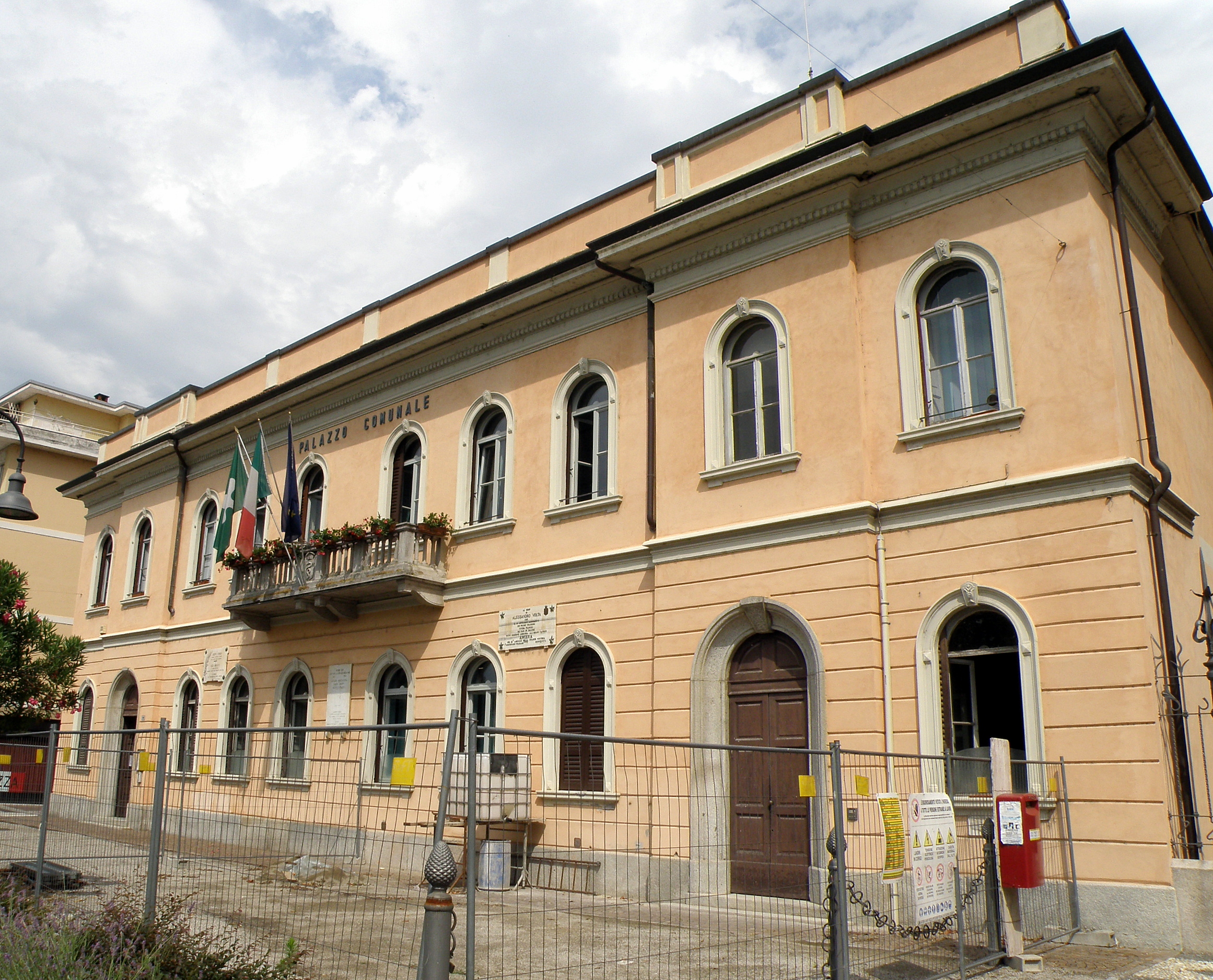
Varese, a gateway city to the Italian Lakes region, was a significant railway hub for tourists from Milan heading to destinations like Lake Como. The Hôtel de la Ville (opened c. 1870s) was one of the grandest hotels serving this influx of rail travelers. While not as dramatically abandoned as Campo dei Fiori, many of Varese's large, elegant railway-era hotels, including parts of this one at various times, faced periods of underuse and felt like relics of a bygone era of leisurely rail holidays as travel patterns shifted.
22. The Old Station House Hotel (Various UK locations, e.g., Bristol, Derby): Smaller Scale, Similar Fate
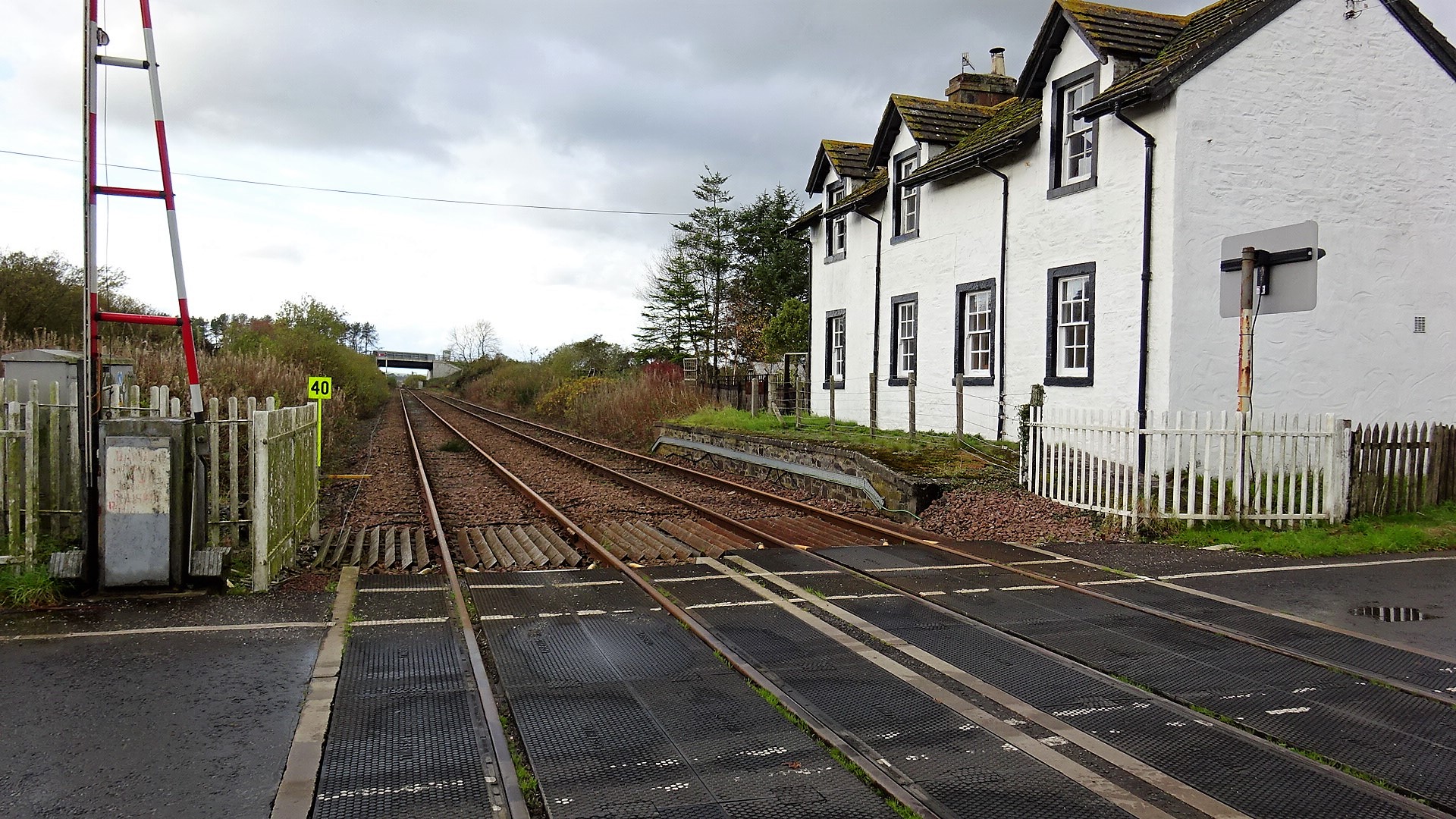
Beyond the colossal examples, many medium-sized "Station Hotels" or "Railway Hotels" were built directly adjoining stations in towns across the UK (e.g., in Bristol, Derby, etc.). While some have been converted or demolished, many have experienced periods of severe neglect, partial vacancy, or conversion into less glamorous uses. They represent the widespread network of railway-centric hospitality that, on a smaller but equally poignant scale, fell silent as their primary clientele vanished from the tracks.
Timeless Sentinels on Forsaken Tracks
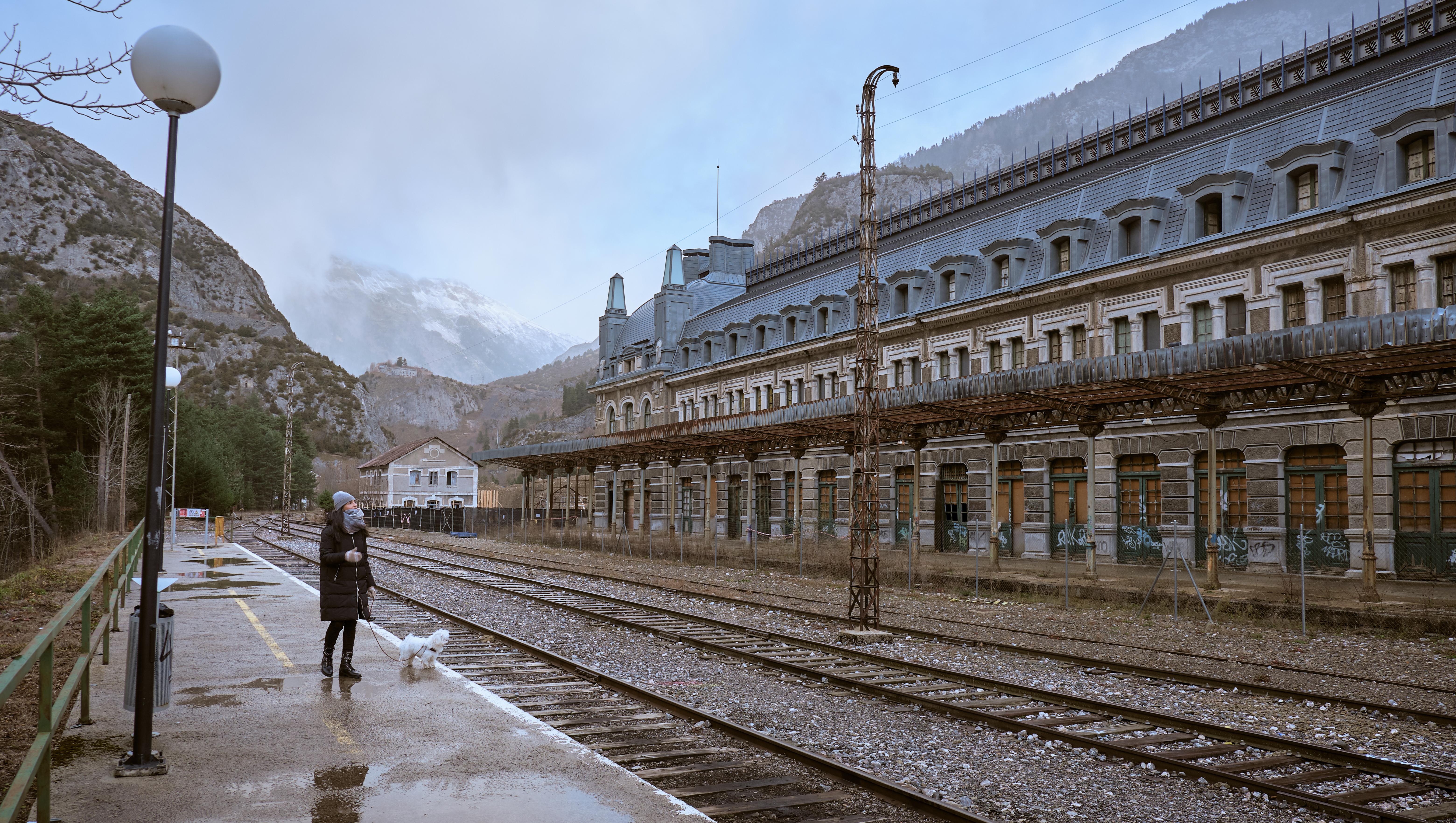
These 22 grand old railway hotels, whether magnificent ruins, long-dormant giants, or ghostly shells recently reawakened, all share a profound connection to the rise and fall of the iron horse. They stand as poignant monuments to an era of unprecedented movement and opulence, their faded elegance a testament to forgotten routes and shifting fortunes. Exploring their stories and haunting beauty offers more than just an architectural tour; it’s a journey into the very soul of railway history, where the whispers of past travelers and the silent hum of abandoned tracks evoke a powerful, nostalgic allure.

